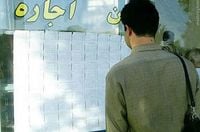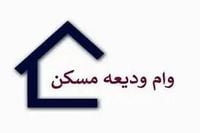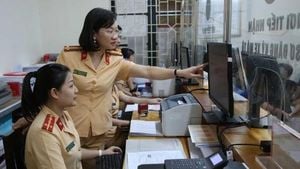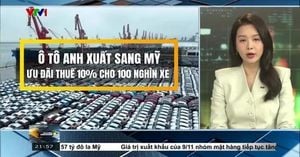As the Iranian housing market faces increasing pressure, the government has introduced new loan schemes aimed at easing the financial burden on families seeking affordable housing. The recently updated housing loan program, which includes a substantial 400 million Toman loan, aims to assist low-income families and those under the support of various welfare organizations.
On May 7, 2025, the Ministry of Roads and Urban Development announced that the conditions for receiving a 400 million Toman housing loan have been finalized, making this one of the most significant government support measures in the housing sector. This initiative is designed to facilitate access to suitable housing for eligible families, particularly in declining areas.
The loan is available through several banks, including Maskan Bank, and has an interest rate set at approximately 18%, with a repayment period extended to a maximum of 20 years. Both individuals and couples can apply for this loan, which has garnered significant attention from prospective homebuyers and builders alike.
In addition to the 400 million Toman loan, the Ministry has also launched a separate housing deposit loan program aimed at middle-income earners. Starting April 16, 2025, applicants can register for this loan through the official website, tem.mrud.ir. The amount of the deposit loan varies based on location: 275 million Toman in Tehran, 210 million Toman in provincial centers, 140 million Toman in other cities, and 55 million Toman in rural areas. This loan will have a repayment period of five years with a 23% interest rate.
According to Saed News, the new loan programs are expected to benefit families in need, particularly those receiving support from organizations such as the Imam Khomeini Relief Committee and the Martyr Foundation, which can receive loans up to 400 million Toman. However, the implementation of these loans has been met with skepticism, as past experiences have shown that many applicants often face obstacles in securing the necessary funds.
"The total allocation for housing loans this year has reached 200,000 billion Toman, which has reportedly received approval from the Central Bank," stated officials from the Ministry of Roads and Urban Development. However, many have questioned whether these funds will actually reach those in need, given the historical difficulties in accessing such loans.
As the spring moving season begins, the promise of housing loans is once again on the table for banks. However, many applicants remain skeptical, recalling past experiences where they were left waiting for loans that never materialized. Reports indicate that despite the government’s assurances, many applicants have faced rejections or delays due to the banks claiming that funds had run out.
To address these issues, the Ministry has implemented a new registration system that utilizes a color-coded scheme to indicate the status of bank branches. Green indicates low waiting times, orange signifies moderate wait times, and red indicates high traffic. This system aims to help applicants choose branches more effectively and avoid unnecessary delays.
Despite these improvements, the challenges remain significant. Many applicants are still met with the familiar refrain from bank employees: "Bring two official guarantors..." This requirement complicates the process for many, as finding eligible guarantors can be a daunting task.
Moreover, the high monthly repayments associated with these loans have raised concerns. For instance, a 275 million Toman loan in Tehran comes with a monthly payment of approximately 7.7 million Toman, which can be comparable to or exceed the cost of renting a home. This situation leaves many tenants in a precarious position, as they must now juggle both rent and loan repayments.
Legal experts have pointed out that banks cannot refuse to provide housing loans to eligible applicants and are required to allocate them within 20 days. However, the reality is that many applicants do not meet the necessary conditions, leading to a backlog of frustrated individuals waiting for loans that may never come.
According to the Deputy Secretary of the Association of Banks and Credit Institutions, "Banks have no issue in providing housing loans to those who meet the established criteria, but the problem lies in the fact that many individuals in line do not qualify. This leads to a lengthy process that ultimately results in many not receiving the loans they seek."
The eligibility criteria for these loans stipulate that applicants must be either married or heads of households, with additional restrictions based on age and income level. Single applicants must be over 35 for women and over 45 for men, which further limits the pool of potential borrowers.
As the government continues to roll out these housing initiatives, many are left wondering whether the promised support will translate into real assistance for those struggling in the housing market. The need for affordable housing remains critical, and the success of these loan programs will ultimately depend on their accessibility and the government's commitment to ensuring that funds reach those who need them most.
In summary, while the Iranian government has taken steps to address housing affordability through new loan programs, the effectiveness of these measures will be closely scrutinized as applicants navigate the complexities of securing funding. The desire for a stable and affordable housing market is palpable, but whether these initiatives will deliver on their promises remains to be seen.







